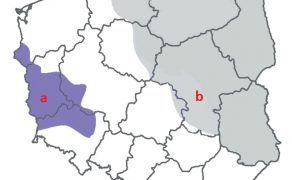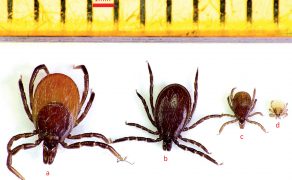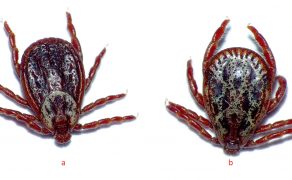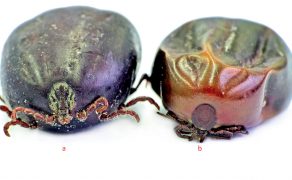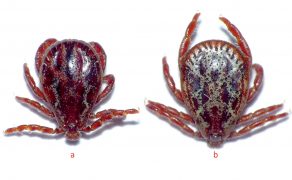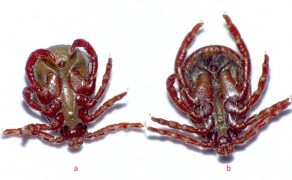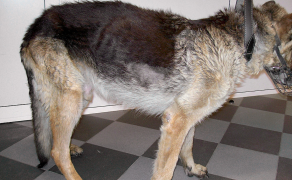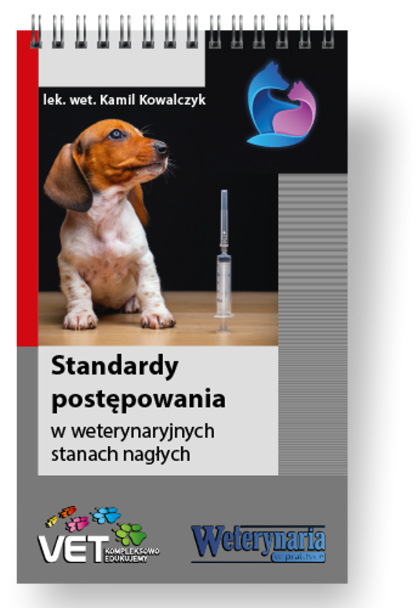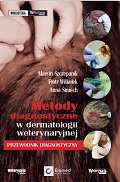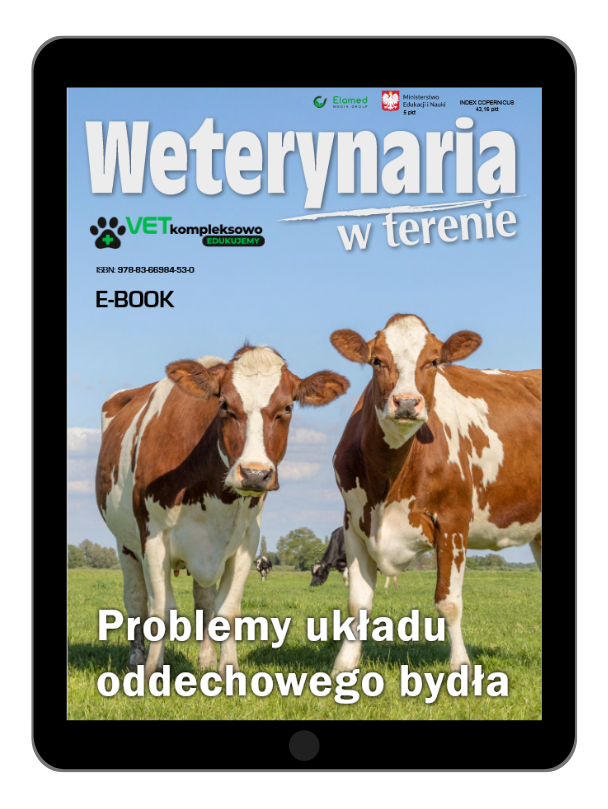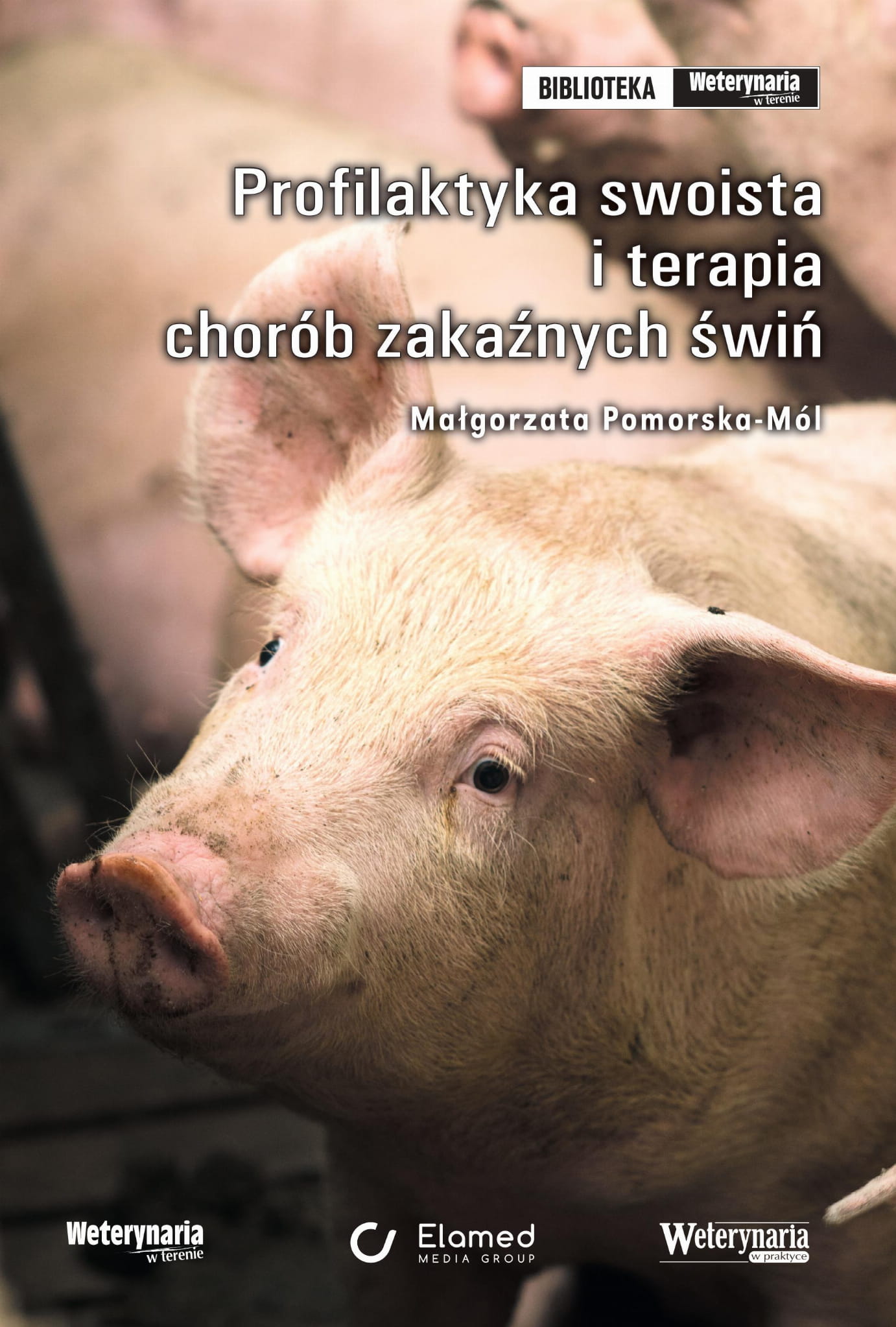Wektorowa rola kleszczy atakujących psy w Polsce
Piśmiennictwo
- Bajer A. et al.: Babesia canis and tick-borne encephalitis virus (TBEV) co-infection in a sled dog. “Annals of Agricultural and Environmental Medicine”, 2013, 20, 3.
- Bonnet S. et al.: Prevalence of tick-borne pathogens in adult Dermacentor spp. ticks from nine collection sites in France. “Vector-Borne and Zoonotic Diseases”, 2013, 13, 4, 226-236.
- Burtis J.C. et al.: The impact of temperature and precipitation on blacklegged tick activity and Lyme disease incidence in endemic and emerging regions. “Parasites & Vectors”, 2016, 9, 1, 606.
- Camacho A.T. et al.: Ixodes hexagonus is the main candidate as vector of Theileria annae in northwest Spain. “Veterinary Parasitology”, 2003, 112, 1, 157-163.
- Cook M.J.: Lyme borreliosis: a review of data on transmission time after tick attachment. “International Journal of General Mmedicine”, 2015, 8, 1.
- Földvári G., Rigó K., Lakos A.: Transmission of Rickettsia slovaca and Rickettsia raoultii by male Dermacentor marginatus and Dermacentor reticulatus ticks to humans. “Diagnostic microbiology and infectious disease”, 2013, 76, 3, 387-389.
- Hancock P.A., Brackley R., Palmer S.C.F.: Modelling the effect of temperature variation on the seasonal dynamics of Ixodes ricinus tick populations. “International journal for parasitology”, 2011, 41, 5, 513-522.
- Karbowiak G., Kiewra D.: New locations of Dermacentor reticulatus ticks in Western Poland: the first evidence of the merge in D. reticulatus occurrence areas. “Wiad Parazytol”, 2010, 56, 333-336.
- Karbowiak G.: Kleszcz łakowy Dermacentor reticulatus – występowanie, biologia i rola jako wektora chorób odkleszczowych. Rozprawa habilitacyjna. Wyd. Agencja Reklamowo-Wydawnicza A. Grzegorczyk, Warszawa 2009.
- Kiewra D., Czułowska A., Lonc E.: Winter activity of Dermacentor reticulatus (Fabricius, 1794) in the newly emerging population of Lower Silesia, south-west Poland. “Ticks and Tick-borne Diseases”, 2016, 7, 6, 1124-1127.
- Mierzejewska E.J. et al.: Dominance of Dermacentor reticulatus over Ixodes ricinus (Ixodidae) on livestock, companion animals and wild ruminants in eastern and central Poland. “Experimental and Applied Acarology”, 2015, 66, 1, 83-101.
- Mierzejewska E.J. et al.: Mapping of Dermacentor reticulatus expansion in Poland in 2012–2014. “Ticks and tick-borne diseases”, 2016, 7, 1, 94-106.
- Mierzejewska E.J. et al.: Pathogens vectored by the tick, Dermacentor reticulatus, in endemic regions and zones of expansion in Poland. “Parasites & vectors”, 2015, 8, 1, 490.
- Nowak-Chmura M., Siuda K.: Ticks of Poland. Review of contemporary issues and latest research. “Ann Parasitol”, 2012, 58, 125-155.
- Rudolf I., Hubálek Z.: Effect of the salivary gland and midgut extracts from Ixodes ricinus and Dermacentor reticulatus (Acari: Ixodidae) on the growth of Borrelia garinii in vitro. “Folia parasitologica”, 2003, 50, 2, 159-160.
- Solano-Gallego L., Gad B.. Babesiosis in dogs and cats – expanding parasitological and clinical spectra. “Veterinary parasitology”, 2011, 181, 1,: 48-60.
- Sonenshine D.E., Roe M.R.: Biology of Ticks: Vol. 2. OUP USA, 2014.
- Sukanya N., Fikrig E.: Tick microbiome: the force within. “Trends in Parasitology”, 2015, 31, 7, 315-323.
- Weissenböck H., Suchy A., Holzmann H.: Tick-borne encephalitis in dogs: neuropathological findings and distribution of antigen. “Acta neuropathologica”, 1998, 95, 4, 361-366.
- Welc-Falęciak R. et al.: Babesia canis and other tick-borne infections in dogs in Central Poland. “Veterinary Parasitology”, 2009, 166, 3, 191-198.
- Welc-Falęciak R. et al.: Effects of host diversity and the community composition of hard ticks (Ixodidae) on Babesia microti infection. “International Journal of Medical Microbiology”, 2008, 298, 235-242.
- Welc-Falęciak R. et al.: Rickettsiaceae and Anaplasmataceae infections in Ixodes ricinus ticks from urban and natural forested areas of Poland. “Parasites & Vectors”, 2014, 7, 1, 121.
- Wielinga P.R. et al.: Longitudinal analysis of tick densities and Borrelia, Anaplasma, and Ehrlichia infections of Ixodes ricinus ticks in different habitat areas in The Netherlands. “Applied and Environmental Microbiology”, 2006, 72, 12, 7594-7601.
- Wójcik-Fatla A. et al.: Prevalence of tick-borne encephalitis virus in Ixodes ricinus and Dermacentor reticulatus ticks collected from the Lublin region (eastern Poland). “Ticks and Tick-borne Diseases”, 2011, 2, 1, 16-19.
- Zygner W., Gojska-Zygner O.: Babeszjoza psów jako posocznica pierwotniacza. „Życie Weterynaryjne”, 2012, 87, 7.
Galeria
Mogą zainteresować Cię również
Znajdź swoją kategorię
2608 praktycznych artykułów - 324 ekspertów - 22 kategorii tematycznych
Weterynaria w Terenie

Ogólnopolski Dzień Koni
Koń od setek lat zajmował stałe miejsce w polskim krajobrazie, w polskim życiu, i w polskiej symbolice narodowej. Stanowił również symbol bogactwa, bowiem nie każdego było na niego stać. Zwierzęta te przez długi czas były popularnymi zwierzętami pociągowymi, pełniły też funkcje transportowe czy pracowały w gospodarstwach. Rozwój techniki zmienił jednak nieco rolę koni, we współczesnym […]

Podkliniczny niedobór wapnia i jego wpływ na wyniki rutynowych badań laboratoryjnych w różnych okresach laktacji u krów mlecznych
Diagnostyka laboratoryjna Badania bakteriologiczne Ze względu na znaczenie epizootyczne choroby każde podejrzenie pleuropneumonii winno być poparte badaniem bakteriologicznym. Istotnym momentem w badaniu bakteriologicznym jest stosowanie podłoży selektywnych z dodatkiem DPN lub NAD oraz dysponowanie właściwym materiałem biologicznym do badań. Materiał ten musi być pobrany i przekazany do laboratorium nie później niż 24 godziny po padnięciu […]
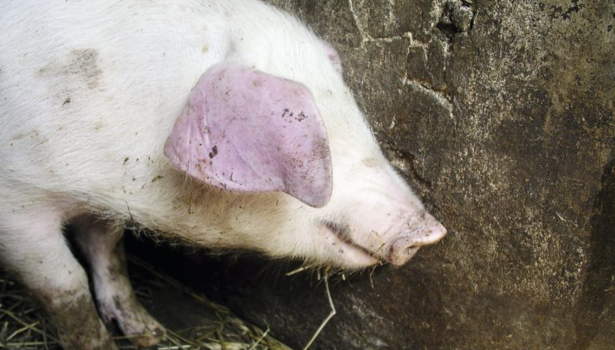
Szerzenie się, profilaktyka i terapia ważnych ekonomicznie chorób układu oddechowego świń (pleuropneumonia, mykoplazmowe zapalenie płuc)
Rozpoznawanie Zakażenia powodowane przez Mhp są wstępnie diagnozowane na podstawie charakterystycznych objawów klinicznych oraz zmian anatomopatologicznych w postaci nieżytowego zapalenia w przednich odcinkach płatów doczaszkowych i sercowych płuc. Postawienie ostatecznego rozpoznania wymaga jednak wykazania obecności Mhp lub materiału genetycznego tego drobnoustroju w tkance płucnej przy użyciu odpowiednich badań laboratoryjnych. Coraz szerzej w diagnostyce laboratoryjnej zakażeń […]

Wprowadzenie do stomatologii koni
Przed oględzinami jamy ustnej przystępujemy do oczyszczenia jej z pozostających resztek pokarmowych. Wykorzystać tu możemy dostępne na rynku strzykawki o pojemności około 500 ml (ryc. 2) wraz z dostosowaną do tego celu dyszą lub ciśnieniowe zraszacze, które sprawdzają się raczej w przypadku oczyszczania szpar międzyzębowych. Następnie dokładnie obserwujemy tkanki miękkie jamy ustnej, zwracając szczególną uwagę […]

Wskazówki na wypadek widocznego niepowodzenia terapii antybiotykowej. Kryteria skutecznej terapii oraz kluczowe pytania jako 5 kroków drzewa analitycznego
Czynniki powiązane z użyciem antybiotyku w terapii: Czy wybór antybiotyku opierał się na badaniach klinicznych i dodatkowych (diagnoza, antybiogram)? Sprawdź odpowiedź na pytanie 3. Farmakokinetyka/farmakodynamika wybranego antybiotyku? Koncentracja i czas działania antybiotyku w zakażonej tkance a efektywność w stosunku do czynnika bakteryjnego wywołującego chorobę (spektrum działania antybiotyku, wrażliwość z antybiogramu – odpowiedzi na pytanie 3.). […]

Czarno na białym – mastitis okiem praktyka – rozmowa z dr. n. wet. Sebastianem Smulskim
Rozmowa z dr. n. wet. Sebastianem Smulskim, pracownikiem Uniwersytetu Przyrodniczego w Poznaniu, specjalistą w dziedzinie profilaktyki i leczenia mastitis u krów, który w swoich badaniach zgłębia tematykę zapalenia gruczołu mlekowego u bydła, zarówno w aspekcie naukowym, jak i praktycznym. Większość zapaleń gruczołu mlekowego ma etiologię bakteryjną. Dlaczego, pomimo rozwoju mikrobiologii, medycyny weterynaryjnej i prowadzonych badań, […]

XVIII FORUM ZOOTECHNICZNO-WETERYNARYJNE: NOWE HORYZONTY W ROZRODZIE ZWIERZĄT
Na Uniwersytecie Przyrodniczym w Poznaniu w dniach 18-19 kwietnia br. odbyło się XVIII Forum Zootechniczno-Weterynaryjne pod hasłem „Rozród zwierząt w dobie selekcji genomowej”. To wydarzenie zgromadziło liczne grono lekarzy weterynarii oraz hodowców, by omówić najnowsze osiągnięcia w dziedzinie hodowli i rozrodu zwierząt. Organizacja Forum była wspólnym przedsięwzięciem Poznańskiego Koła Polskiego Towarzystwa Zootechnicznego, Wielkopolskiego Oddziału Polskiego […]


